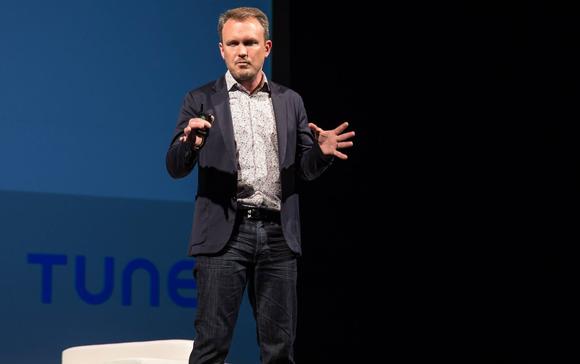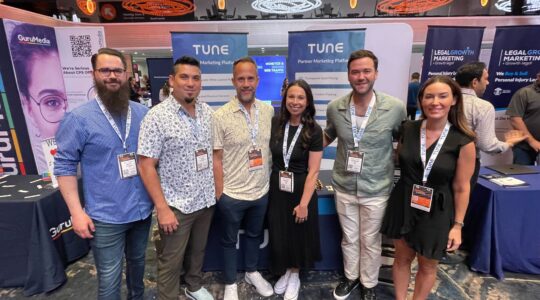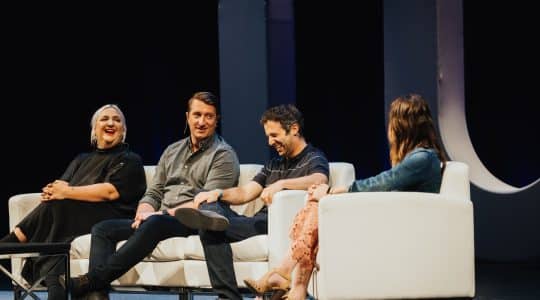TUNE CEO Peter Hamilton introduced Jon Alferness as “the King of Postback” for good reason. Not only is he our go-to closing keynote speaker, as Google’s (new) VP of Shopping, he is uniquely positioned to give a mega trendsetter’s perspective on what every single Postback attendee wants to know: what’s happening with mobile marketing.
And so he did.
It used to be when we wanted to get online, we had to go online—that is to say, walk over to a desk and sit at a computer. Now that online is only a tap away, we expect information and answers in an instant, no matter where we are.
Alferness calls these micro-moments: when we reflexively turn to a device to act on a need we have in that moment (to learn, discover, find, etc.), or intent-rich moments when decisions are being made and preferences are being shaped.
In this era of instant gratification, if you don’t present the information people need in a beautiful, frictionless way, they will not wait for you.
Google and Google Shopping are right now focused on three main micro-moments: I Want to Know, I Want to Go, and I Want to Buy.
I Want to Know: Help Google Show Your Best Content
There are limitations to mobile, particularly that pesky small screen. On mobile, real estate is expensive. But interaction is cheap. And interaction is key, because with it comes intent. When you know intent, you can tailor your real estate with what makes sense. Alferness calls this conversational search: creating conversations during I-Want-to-Know micro-moments to reduce friction.
He’s also attuned to the complexity of the mobile world, and how it is growing more complex, with the explosion of video and the need to drive users to app stores instead of landing pages. Alferness predicts a need for simplicity.
“It’s too damn hard to promote your app and do it effectively.” —Jon Alferness [tweet this]
I Want to Go: Get Your Local Stores Online
Mobile devices act as a bridge between the digital and physical world. There are 34x the near-me searches today than in 2011, and 80% of those come from mobile. One in four people who avoid stores do so because they don’t know if a product is in stock. Local inventory ads (as opposed to shopping ads) are key to driving the relationship between online and offline shopping experiences.
I Want to Buy: Reduce Friction at the Point of Purchase
Over time, the conversion rate discrpency between mobile and desktop has largely remained the same: 82% of people use their phones to decide to make a purchase, but only 50% use their phones to make that purchase. The issue is, once again, friction—and mobile apps are the best way to relieve that friction. They are where you can start deep-linking from search, paying instantaneously…the list goes on.
Measurement and Openness
One of the driving themes of #Postback15 is openness. And it’s something Alferness—and Google—supports fully. It’s important for everyone to remain as transparent as possible, especially as some of the big players decide they don’t need to be open. It won’t work. In the words in Alferness, “We’ll find new opportunities in mobile if we don’t act like assholes.”
What was your biggest a-ha moment? Let’s hear it in the comments.
Like this article? Sign up for our blog digest emails.
Author
Becky is the Senior Content Marketing Manager at TUNE. Before TUNE, she led a variety of marketing and communications projects at San Francisco startups. Becky received her bachelor's degree in English from Wake Forest University. After living nearly a decade in San Francisco and Seattle, she has returned to her home of Charleston, SC, where you can find her enjoying the sun and salt water with her family.





Leave a Reply
You must be logged in to post a comment.